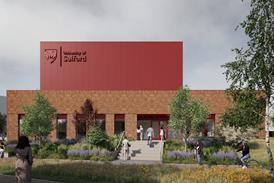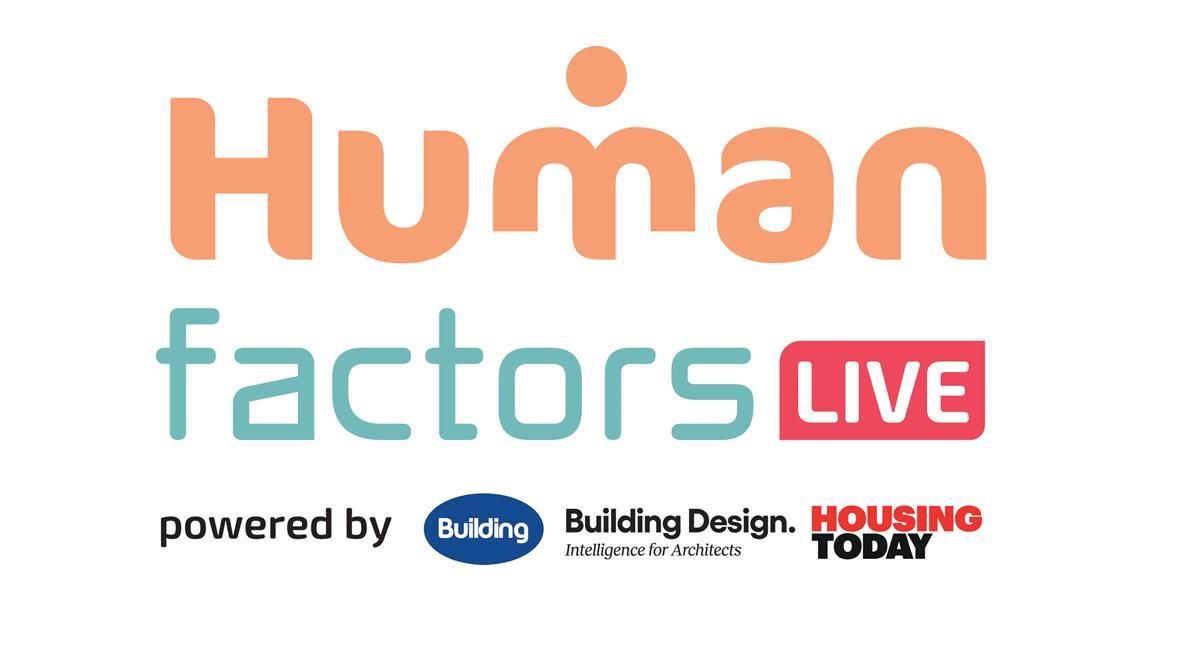The construction industry often talks about collaboration, but true knowledge-sharing – especially among competitors – remains rare. Anna Beckett argues that the industry must embrace deeper cooperation to accelerate material reuse, cut carbon, and drive sustainable change

We use the word collaboration a lot. We talk about collaboration in project teams, in working groups and across the industry. But true collaboration with our competitors is something we struggle with, even if we say we’re doing it.
If you look up the word collaboration in the dictionary, there are actually two definitions: “the action of working with someone to produce something” and “traitorous cooperation with an enemy.” That second definition is probably closer to the way engineers see collaboration with other engineers. Architects are much better at it than us, but engineers – we like to keep our cards close to our chest.
But every now and then, we manage to put our reservations to one side and do something truly collaborative, and when we do that, it’s really special. Last week, we held our first event for the Engineers Reuse Collective, and it felt special, bringing together representatives from over 30 different engineering practices to discuss how we can accelerate material reuse.
The Engineers Reuse Collective was founded by six engineering practices: Buro Happold, Civic Engineers, Elliott Wood, HTS, Webb Yates and Whitby Wood. The group has developed from several friendships based around cycling, and our first meeting, like most great organisations, was in the back of a noisy pub. But most importantly, we’ve all acknowledged that we can make a bigger change together than we can apart.
The aim is to share our experiences – both good and bad – so that we can accelerate structural material reuse. There’s no point in 30 different engineering practices making the same mistakes for the next few years – much better to help the industry move forward together.
Of course, we’re not the only group trying to accelerate material reuse. There are several other groups across the industry, including the Circular Do Tank, aimed at helping clients and developers commit to reusing materials on their projects.
Material reuse offers a great opportunity for us to reduce our impact on the environment and cut carbon, but we can only really make that happen if we’re all shooting for the same goal. We need architects, engineers, developers and contractors to all be truly collaborative.
As an industry, we’ve talked for a long time about how collaboration is key to advancing sustainable design, and I’ve written about sharing our failures in this column before. But we’re not the first industry to see what could be gained from better collaboration.
So let’s see what the construction industry can achieve with a little more collaboration
In 2014, Tesla famously made the patents for their electric vehicles open source in an effort to encourage others to develop electric cars. Tesla still expected to make money from the decision – while they were the only company making electric cars, their share of the market would always be limited, whereas expanding the production of electric cars made them market leaders.
But it also meant that other companies didn’t have to work through all the same issues, and they could help to advance the technology together. Google took a similar approach with their Android operating system, and it’s now the most widely used system in the world.
So let’s see what the construction industry can achieve with a little more collaboration. No matter which part of the industry you represent, you have a role to play in moving it forward, and sharing your knowledge and experiences is key to that. Getting involved with any of these groups will help us all to achieve our sustainability goals more quickly.
And if you’re wondering what our first success story from the Engineers Reuse Collective is – well, we managed to re-home two huge disco balls from a department store in Mayfair. Not structural materials, but still much better than them being thrown away!
>> Also read: Six UK engineering firms launch reuse-focused collective
>> Also read: The art of collaboration in architecture: A call for genuine partnerships
Postscript
Anna Beckett is an associate director at Buro Happold
















No comments yet